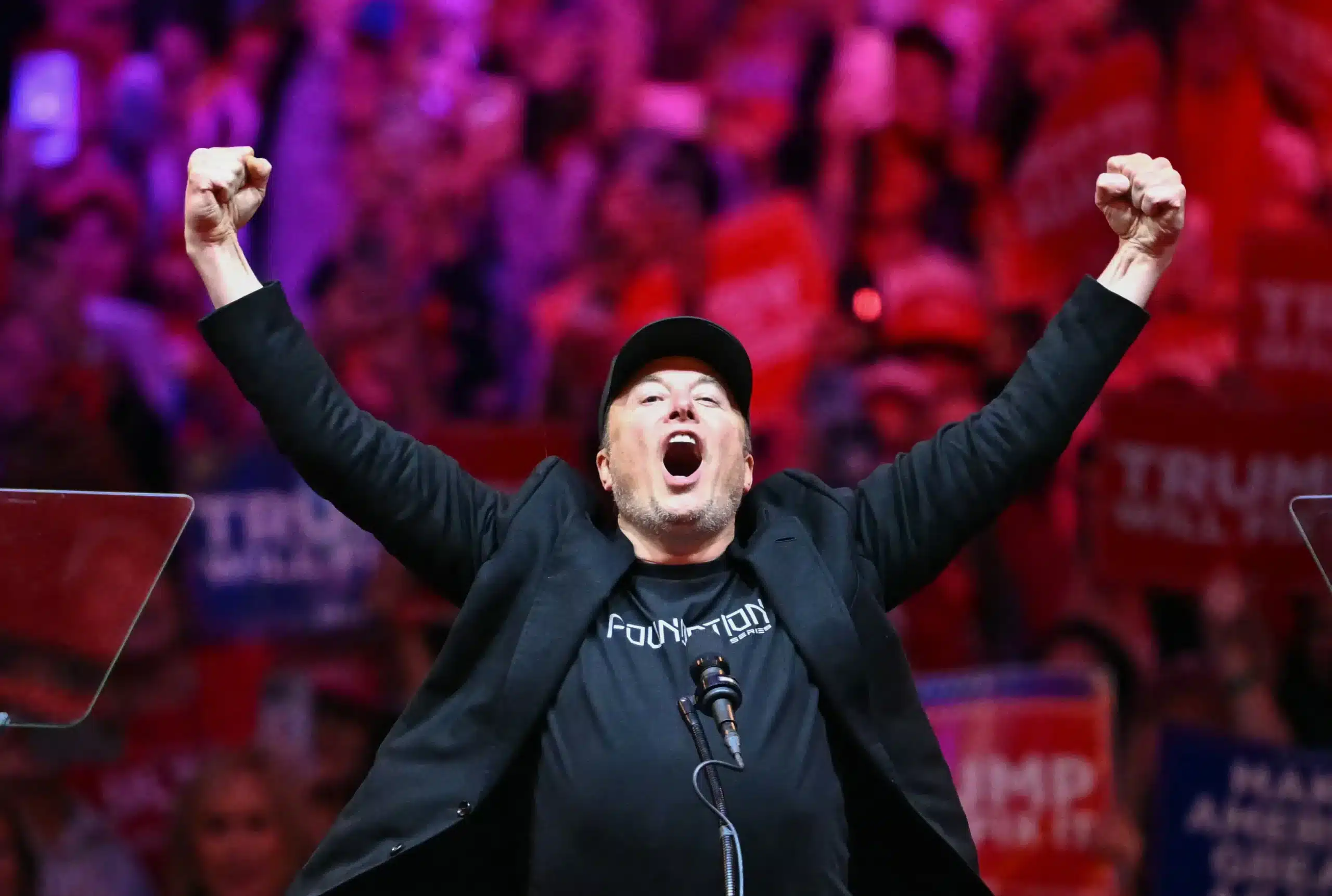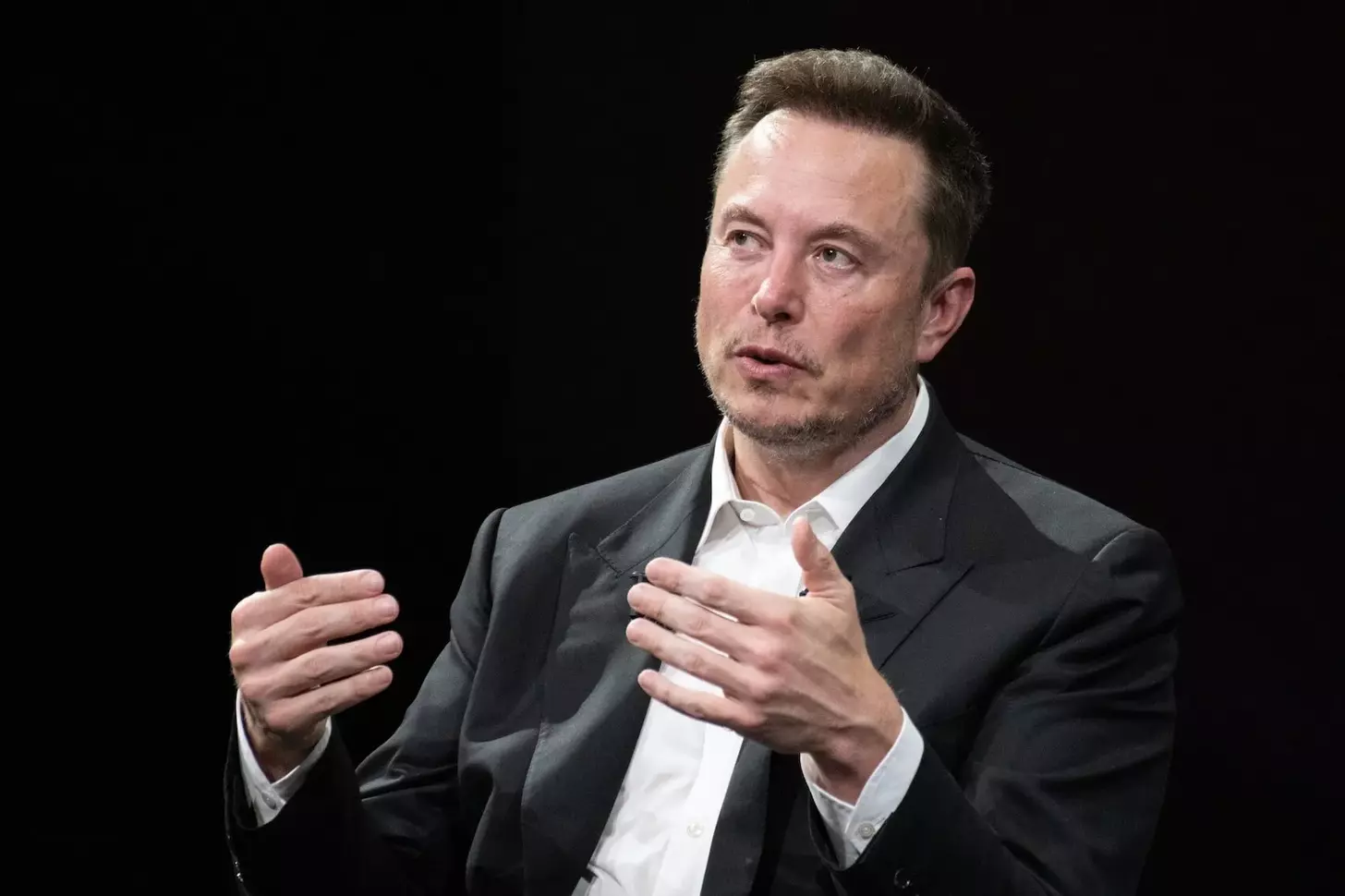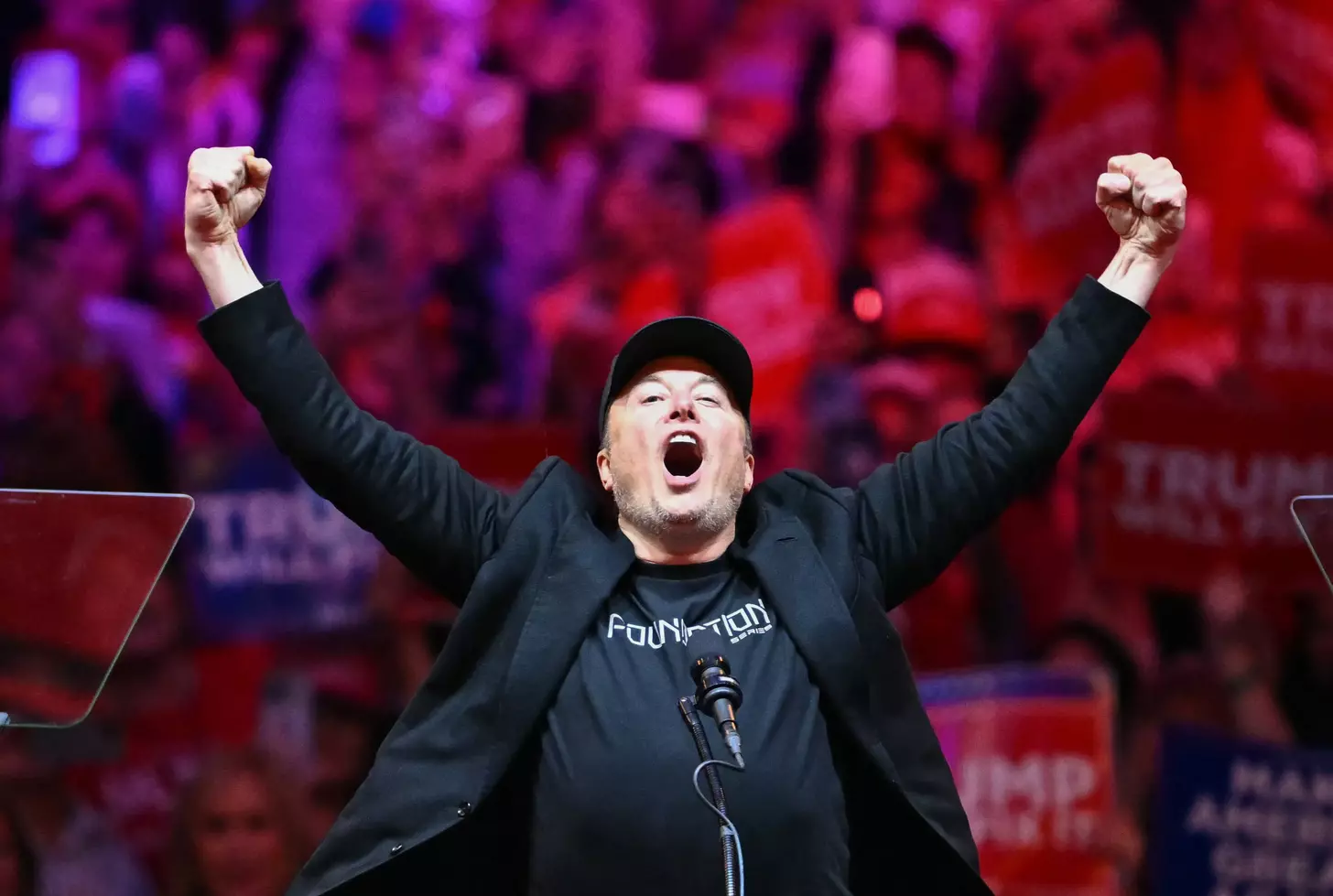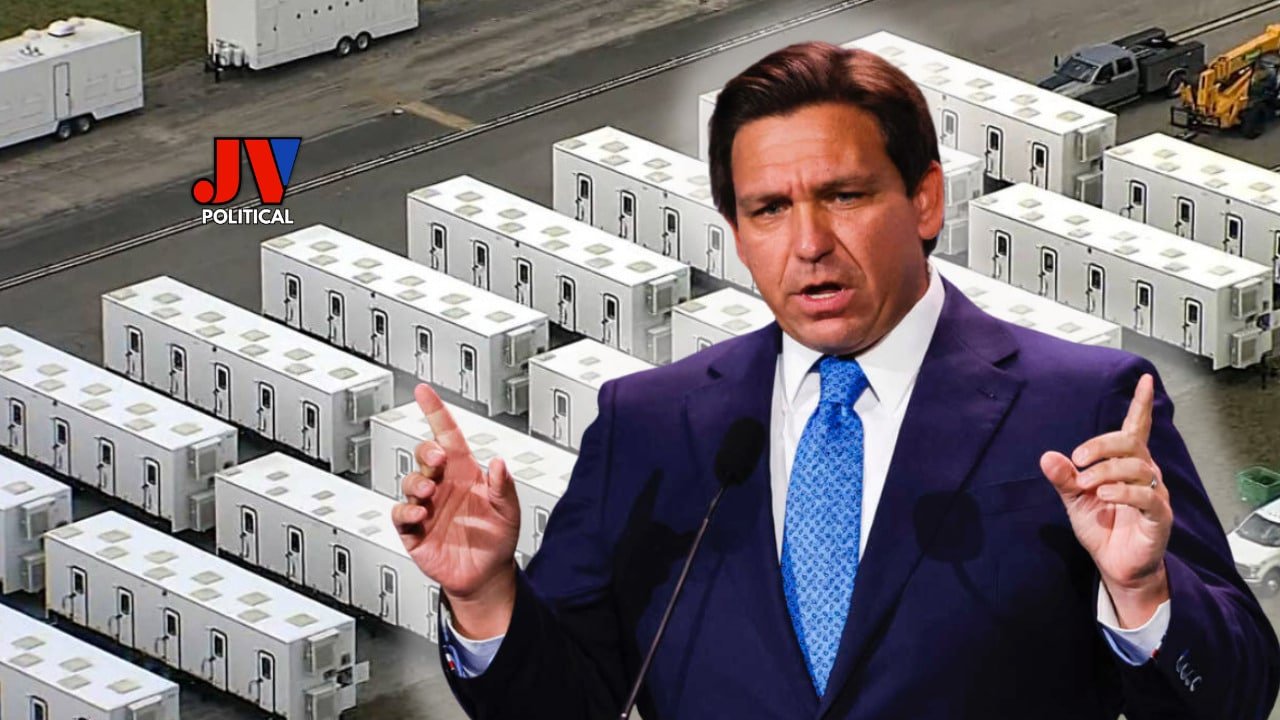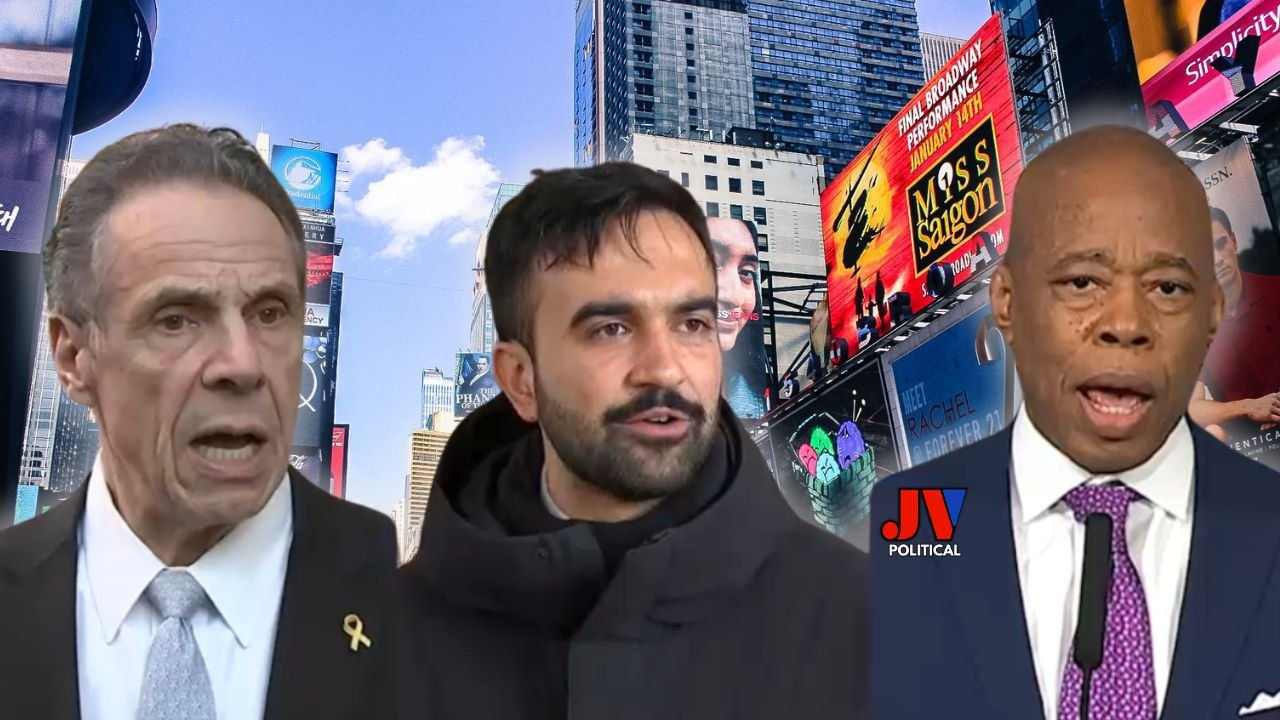Elon Musk’s Vision for a More Efficient Government
The federal government is undergoing a major transformation. A new initiative, launched in February 2025, aims to streamline operations and cut costs. This effort, backed by a high-profile partnership, seeks to modernize outdated systems and reduce wasteful spending.
Created through an executive order, the program bypassed traditional approval processes. Its goal? To slash $2 trillion in annual expenses while tackling the $36 trillion national debt. Supporters argue it’s a necessary step toward government efficiency.
Critics, however, question the approach. Despite pushback, proponents remain confident. They believe this strategy will reshape how the government operates, making it faster and more effective for taxpayers.
Key Takeaways
- A new initiative launched in 2025 targets wasteful spending.
- The program aims to cut $2 trillion yearly from the federal budget.
- Modernizing outdated IT systems is a key focus.
- Critics argue the approach lacks oversight.
- Supporters say it will improve efficiency.
Elon Musk’s Role in Government Efficiency
The billionaire entrepreneur joined the federal workforce in an unpaid capacity, sparking debates about influence and accountability. Initially a volunteer advisor, his status shifted to “special government employee” after political pressure mounted. This classification restricts formal involvement to 130 days annually.
From Informal Advisor to Official Participant
White House records show the transition occurred in early 2025. Unlike typical employees, this arrangement avoids salary payments but grants access to sensitive operations. Critics highlight potential conflicts, given his companies’ billions in active contracts.
Campaign finance disclosures reveal $290 million in 2024 election support. This spending pattern fuels concerns about policy motivations. Supporters counter that private sector expertise drives meaningful change.
Wealth, Contracts, and Scrutiny
SpaceX’s NASA partnerships and Tesla’s energy subsidies complicate neutrality assessments. When personal business interests intersect with public work, transparency becomes critical,” noted a government ethics specialist.
Republican leaders applaud the unconventional approach. Senator Kevin Cramer publicly endorsed bypassing traditional bureaucracy, calling existing systems “obsolete.” Meanwhile, watchdog groups demand stricter recusal protocols.
“Modern problems require solutions untethered to 20th-century frameworks.”
Senate Committee on Homeland Security hearing transcript
The arrangement tests legal boundaries while accelerating operational changes. As reforms progress, the balance between innovation and oversight remains contentious.
The Department of Government Efficiency (Doge)
In February 2025, a new federal department emerged with a bold mission. Known as Doge, it was formed by executive order to slash bureaucracy and modernize outdated systems. The goal? To merge IT upgrades with a 30% reduction in the federal workforce by July 2026.
Origins and Mandate
Doge’s roots trace back to a post-election advisory panel. Its mandate targets legacy systems, replacing them with AI-driven tools. Each government agency now hosts at least four Doge staffers to enforce changes.
Critics like Elaine Kamarck call the 2M employee target “ridiculous.” Yet, supporters argue Silicon Valley’s talent pool—not career bureaucrats—can deliver results. The department government efficiency model mirrors private-sector speed.
IT Upgrades and Workforce Reduction Goals
Young tech specialists are flooding federal agencies. Their focus: automating repetitive tasks and eliminating redundancies. Contracts for legacy system replacements surged 200% in Doge’s first year.
“You can’t fix a steam engine with bandaids—you need a rocket.”
Doge press release, March 2026
Buyout offers aim to shrink staff, but unions resist. The clock ticks toward the 2026 deadline, testing whether tech can truly transform government operations.
Key Actions Taken by Doge
Within months of its launch, Doge began reshaping federal spending with bold reforms. Auditors flagged wasteful programs, while controversial terminations slashed budgets. Here’s how the changes unfolded.
Monitoring Spending and Identifying “Fraud”
Doge deployed teams to 47 agencies, scanning for inefficiencies. Over $500 million in weekly savings was claimed, though critics questioned methods. Automated tools replaced manual reviews, speeding up audits.
Cutting DEI Contracts and Foreign Aid
Diversity initiatives faced abrupt cancellations. A $1 billion DEI training contracts ended, sparking lawsuits. Meanwhile, USAID’s budget dropped 60%, redirecting funds to domestic projects.
| Program | Reduction | Impact |
|---|---|---|
| DEI Training | $1B terminated | Legal challenges |
| USAID | 60% cut | Fewer global projects |
Buyout Offers to Federal Employees
Mass resignation emails reached 2 million federal workers. The voluntary offer aimed to shrink staff by 30%. Unions called it coercive, but Doge insisted it was cost-effective.
“Streamlining requires tough choices—loyalty shouldn’t mean lifetime employment.”
Doge spokesperson, 2026
Legal hurdles emerged, including a failed attempt to dissolve the CFPB. Despite backlash, Doge’s supporters praised the pace of change.
Public Reaction to Doge’s Efforts
Public opinion on Doge’s reforms reveals deep political divides. A CBS poll shows 58% overall approval, masking stark contrasts: 82% of Republicans endorse the changes, while only 33% of Democrats agree. Younger voters (18–34) back the initiative at 67%, compared to 48% of those over 55.
Polling Data and Generational Splits
Rural areas show stronger support (72%) than urban centers (49%). Analysts link this to Doge’s focus on cutting spending in large agencies, which resonates in smaller communities. “Taxpayers see waste reduction as common sense,” said EPIC Center analyst David Ditch.
Doge’s transparency in budget cuts sets a new standard for government accountability.”
David Ditch, EPIC Center
| Group | Approval Rate | Key Concern |
|---|---|---|
| Republicans | 82% | Speed of reforms |
| Democrats | 33% | Overreach risks |
| Under 35 | 67% | Tech modernization |
Partisan Perspectives
Conservative think tanks applaud Doge’s spending audits. Meanwhile, progressives condemn its “anti-woke” policies, citing terminated DEI work. State-level Republicans mimic Doge’s strategies, passing similar efficiency laws in Texas and Florida.
Legal challenges loom, but the administration insists its mandate reflects voter priorities. As debates intensify, Doge’s impact on the 2026 midterms remains uncertain.
Legal and Ethical Challenges
Legal battles and ethics probes now shadow the reform efforts. Critics argue the push for efficiency has overlooked transparency and fairness. From courtroom injunctions to whistleblower complaints, the initiative faces mounting scrutiny.
Conflicts of Interest Allegations
The treasury department saw upheaval after David Lebryk resigned. He opposed blocking payments to programs like social security, calling it “policy overreach.” Meanwhile, ethics officials flagged undisclosed finances tied to federal contractors.
A federal judge halted employee terminations, citing procedural violations. The ruling underscored concerns about conflicts interest, especially with advisors holding dual roles. You can’t serve public and private masters equally,” warned an Office of Government Ethics memo.
Court Interventions and Litigation
Doge’s buyout offers triggered lawsuits from the OPM, which deemed them illegal. A DC Circuit injunction froze data-access demands, siding with agencies fearing misuse. The treasury department now requires dual signatures for payment approvals—a direct response to Lebryk’s exit.
“When shortcuts violate statutory checks, courts must intervene.”
U.S. District Judge Tanya Chutkan
The supreme court will soon rule on presidential impoundment powers. Its decision could redefine how aggressively the treasury department can withhold funds. Legal experts call it a landmark test for executive authority.
Opposition and Criticism
Watchdog groups and legal experts are raising alarms over transparency gaps. The rapid rollout of reforms has left little room for public scrutiny, fueling distrust. Fourteen state attorneys general have filed lawsuits, calling the process “rushed and reckless.
Transparency Concerns
Claims of $1 billion in DEI savings lack detailed documentation, according to FOIA requests. Progressive NGOs allege key decisions were made behind closed doors. A government ethics report flagged no-bid contracts for tech upgrades as “opaque.”
Federal unions secured injunctions to halt employees terminations, arguing violations of civil service protections. “This mirrors 1990s reforms that eroded worker rights,” noted a Brookings Institution analysis.
Replacing career staff with political appointees undermines institutional knowledge.
Brookings Institution, 2026
Accusations of Overreach
Allies were installed at OPM and GSA without Senate confirmations, bypassing checks. Critics compare these moves to private-sector takeovers, citing abrupt HR policy shifts.
State-level Republicans mimic the efforts, but legal scholars warn of constitutional risks. The balance between cutting bureaucracy and preserving oversight remains contentious.
Conclusion
As the 2026 sunset clause approaches, Doge’s future remains uncertain. The government initiative faces scrutiny over whether its goals outpace campaign promises. Midterm elections could decide if it survives as a lasting part of federal reform.
Historical parallels to the Hoover Commission highlight risks of rapid spending cuts. The current administration defends its methods, but legal challenges and public divides persist.
Long-term success hinges on balancing innovation with stability. If Doge’s work proves sustainable, it may redefine how the government operates—or become a cautionary tale.
FAQ
What is the Department of Government Efficiency (Doge)?
The Department of Government Efficiency (Doge) is a federal agency created to streamline operations, reduce waste, and modernize outdated systems. It focuses on cutting unnecessary spending and improving workforce productivity.
How did Elon Musk get involved in government efficiency efforts?
Musk initially volunteered his expertise before becoming a special government employee. His role includes advising on technology upgrades and cost-saving measures across federal agencies.
What are some key actions taken by Doge?
Doge has monitored spending for fraud, canceled DEI contracts, reduced foreign aid, and offered buyouts to federal employees. These moves aim to save taxpayer dollars and improve efficiency.
How has the public reacted to Doge’s initiatives?
Polls show strong support among Republicans but mixed reactions from Democrats. Critics argue the agency lacks transparency, while supporters praise its cost-cutting efforts.
What legal challenges has Doge faced?
Lawsuits allege conflicts of interest, particularly around Musk’s dual role in government and private business. Federal judges have blocked some actions, citing overreach.
Why is there opposition to Doge’s work?
Critics claim the agency operates without proper oversight and unfairly targets certain programs. Some federal workers also oppose workforce reductions.
How does Doge plan to modernize government IT systems?
The agency pushes for AI-driven upgrades and automation to replace outdated processes. This could reduce paperwork and speed up services like Social Security.
What happens if a federal employee refuses a buyout offer?
Those who decline may face reassignment or eventual layoffs. The administration argues this is necessary to shrink bureaucracy and redirect funds.



